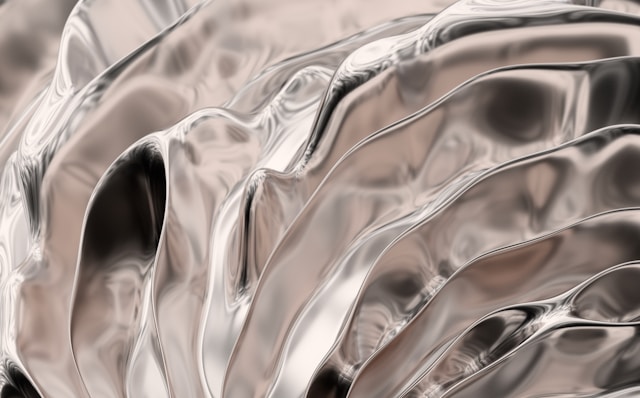
Date:2024-05-06 16:11:20
On April 26, Ruan Changshun, a researcher from the Retrogression Center of the Institute of Medicine of the Chinese Academy of Sciences Shenzhen Institute of Advanced Technology, published the latest research results in Nature Communication.
The research team was inspired by the pumping of blood by cardiac pulsation and proposed a new strategy of "bio 3D printing+" assisted by mechanics. First, they combined 3D printing technology to build a hollow fiber hydrogel scaffold (HHS) with mechanical response and large and complex structure, and then used the mechanical response performance of the scaffold to achieve rapid, uniform, accurate and friendly loading of cells. The cell loaded scaffold obtained based on this strategy effectively promotes the repair and functional reconstruction of refractory bone defects.
This strategy effectively solves the problem of balancing cell activity and scaffold mechanical stability in the current extrusion based 3D printing process. It not only ensures the accuracy of 3D printing technology, but also maintains a high survival rate of loaded cells, providing new ideas for fields such as tissue engineering and regenerative medicine.
In this study, the team successfully constructed a hollow hydrogel scaffold with adjustable structure height by using a coaxial needle and the "one-step" 3D printing technology under the condition of no support. The scaffold can quickly recover under the compression strain of 80%, and can still maintain the complete structure after 10000 compression cycles.
In addition, the bracket has mechanical responsiveness, and its response behavior can be controlled through compressive strain and number of cycles. HHS can achieve rapid, precise, and partitioned cell loading under mechanical stimulation. Compared with static conditions, the number of HHS loaded cells increased by 13 times.
The strategy of "bio 3D printing+" proposed in this study breaks through the limitation of bio 3D printing due to bio ink, which is unable to build hydrogel scaffolds with both non-destructive cells and excellent mechanical properties. As a proof of concept, HHS loaded with cells has shown enhanced regenerative ability in repairing segmental and osteoporotic bone defects in rats, which is expected to provide new avenues for tissue regeneration and cell therapy. (Source: Diao Wenhui, China Science Daily)





